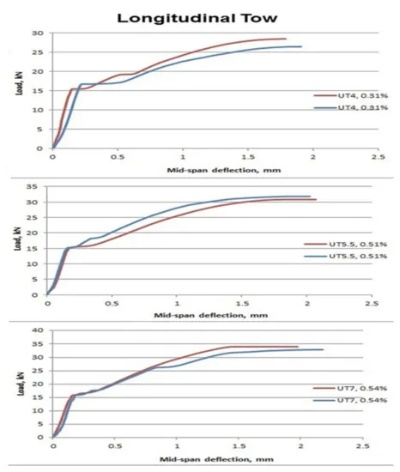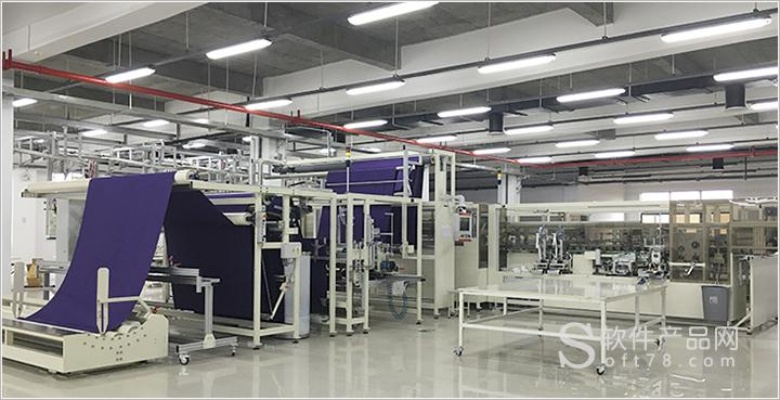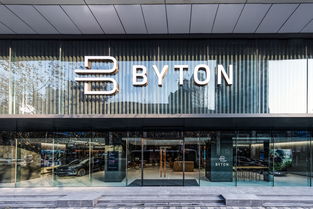纺织品检测认证的重要性及常见类型
Textile testing and certification are crucial for ensuring the quality and safety of consumer products. They provide a means to verify the authenticity, composition, and performance of textiles, such as clothing, bedding, and upholstery, against standards set by international bodies like the European Union's EN (European Norms), ASTM (American Society for Testing and Materials), or ANSI (American National Standards Institute). These tests cover aspects like dye content, pH balance, flame resistance, and toxicity levels, among others. Common types include:,1. Dye test: Assesses colorfastness, stability, and potential toxicity of dyes in fabrics.,2. Shrinkage test: Determines how fabrics will shrink when subjected to specific temperature or humidity conditions.,3. Stability test: Evaluates the chemical properties of materials over time under various environmental conditions.,4. Tear and abrasion tests: Measure the strength and durability of fabrics under stress.,5. Flame test: Checks for fire-retardant properties and potential for combustion in case of a fire.
Introduction: In the global market, it's crucial for textile products to meet certain standards and regulations. These standards are essential for ensuring quality, safety, and compliance with international trade agreements. In this guide, we will discuss the importance of textile testing and certification, the different types of tests that can be used, and some examples of successful textile testing cases worldwide.
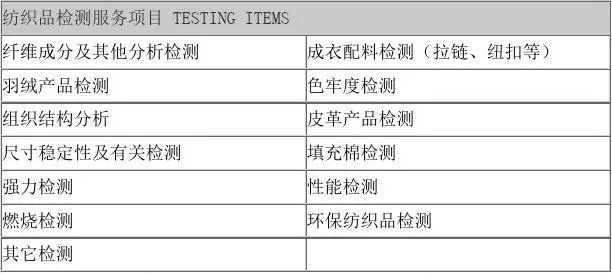
-
The Importance of Testing and Certification in Textiles Textiles are a vital component of our daily lives, from clothing and household items to industrial materials. However, they can vary greatly in quality and safety depending on their manufacturing processes and raw materials. Therefore, it is essential for manufacturers to conduct regular testing and obtain appropriate certification to ensure that their products meet international standards and consumer expectations.
-
Common Testing Methods for Textiles There are several testing methods commonly used for textiles, including:
-
Strict Quality Control (SQC) Testing: This test method involves inspecting textile products for defects such as frays, tears, or missing stitches. SQC testing is often conducted at the manufacturing stage to identify any potential issues before they reach the customer.
-
Burst Testing: This test measures the strength of a textile material by exposing it to pressure under controlled conditions. It is commonly used to evaluate the durability and resilience of apparel fabrics.
-
Electrical Testing: This type of testing is essential for electronic textiles like clothes and shoes, as it ensures that they do not cause any electric shocks or fire hazards when worn.
-
Chemical Resistance Testing: Textiles may come into contact with various chemicals during use, such as cleaning agents, perfumes, or other materials. Chemical resistance testing helps determine if the textile can withstand these substances without deteriorating.
-
Fire Safety Testing: This type of testing ensures that textiles can resist flame propagation and burn through. It is particularly important for outdoor fabrics and clothing made from synthetic materials.
Successful Textile Testing Case Studies Here are two successful textile testing case studies:
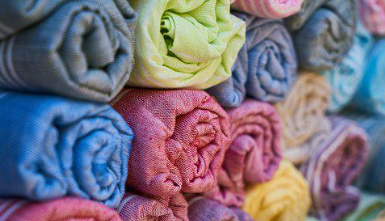
Case Study 1: British Cotton Company's Successful Renewable Energy Project British cotton company, Jacquard, decided to invest in a renewable energy project aimed at reducing its carbon footprint. They implemented a series of environmentally friendly testing protocols for their textile products, including dyeing and washing processes. The results showed significant reductions in water usage and chemical consumption compared to traditional methods. This innovative approach earned them an award for sustainable practices and helped them gain new customers who were looking for eco-friendly alternatives.
Case Study 2: Spanish Latex Manufacturer's High-Quality Standards A Spanish latex manufacturer was facing stiff competition due to low-cost competitors offering lower-quality products. To stand out, they adopted a strict quality control system and obtained multiple certifications, including ISO 9001. Their commitment to quality led to higher customer satisfaction, increased sales, and a reputation for reliability among consumers and buyers. By consistently meeting these high standards, they managed to retain their position in the competitive market.
Conclusion: The significance of textile testing and certification cannot be overstated. By implementing these measures, manufacturers can assure themselves and their consumers of the quality and safety of their products, thereby gaining trust and loyalty. As more companies adopt similar strategies, we can expect to see further improvements in the textile industry's performance and sustainability efforts.
大家好,今天我们来聊聊纺织品检测认证的话题,纺织品在我们的日常生活中扮演着重要的角色,无论是服装、家居装饰还是工业生产中的关键材料,都需要经过严格的检测和认证才能确保其质量和安全。
纺织品检测认证的重要性
纺织品检测认证是确保产品质量和安全的重要手段,通过检测认证,可以确保纺织品符合相关的质量标准、安全标准以及环保要求,这不仅有助于提高纺织品的品质和信誉,还可以为消费者提供安全、可靠的产品,纺织品检测认证也是企业生产合规的重要环节,符合相关法规和标准的企业可以获得更多的市场机会和信任。
纺织品检测认证的主要内容
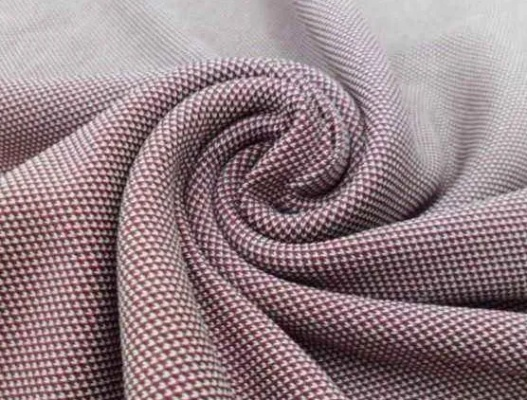
纺织品检测认证主要包括以下几个方面的内容:
- 纤维成分检测:纤维成分是纺织品的基础,因此需要对纤维的种类、含量、纯度等进行检测,这有助于了解纺织品的原材料来源和质量情况。
- 物理性能检测:包括拉伸强度、弹性模量、耐磨性、抗皱性等物理性能指标,用于评估纺织品的机械性能和耐久性。
- 化学成分检测:对纺织品中的化学成分进行检测,包括重金属含量、有害物质限量等,以确保纺织品符合相关的环保要求。
- 安全性能检测:根据不同的应用场景,对纺织品的安全性能进行检测,如防火、防毒、防辐射等。
- 认证标准与流程:根据不同的应用场景和检测需求,制定相应的检测标准和流程,确保检测结果的准确性和可靠性。
纺织品检测认证案例分析
以某知名品牌的一款纺织品为例,其经过严格的检测和认证流程,确保了产品的质量和安全。
该品牌的一款纺织品主要应用于家居装饰领域,其纤维成分主要包括棉和涤纶两种纤维,在纤维成分检测中,该品牌对纤维的种类、含量、纯度进行了全面检测,确保产品的原材料来源和质量情况符合要求,该品牌还对纺织品的物理性能进行了测试,包括拉伸强度、弹性模量等指标,这些指标均符合相关的质量标准,该品牌还对纺织品中的化学成分进行了检测,包括重金属含量和有害物质限量等,以确保纺织品符合相关的环保要求,该品牌通过安全性能检测,确保了产品的安全性能符合相关要求。
纺织品检测认证的未来发展趋势
随着人们对纺织品质量的要求不断提高,纺织品检测认证的未来发展趋势也将越来越重要,纺织品检测认证将更加注重智能化、数字化和精细化等方面的发展,未来纺织品检测认证将更加注重数据的采集和分析,利用大数据、人工智能等技术手段提高检测效率和准确性,未来纺织品检测认证还将更加注重环保和可持续性方面的要求,推动纺织品的绿色生产和发展。
纺织品检测认证是确保纺织品质量和安全的重要手段,通过制定相应的检测标准和流程,确保检测结果的准确性和可靠性,未来纺织品检测认证也将更加注重智能化、数字化和精细化等方面的发展,希望本文能够为大家提供有益的参考和帮助。
Articles related to the knowledge points of this article:
Top Ten Best Home Appliances in Jiangsu,China

